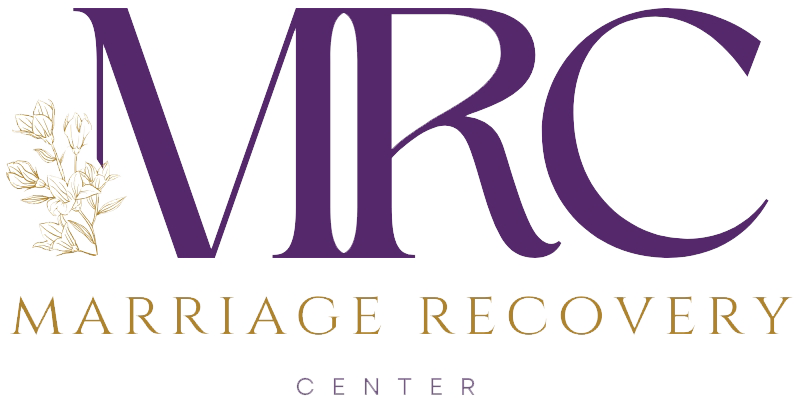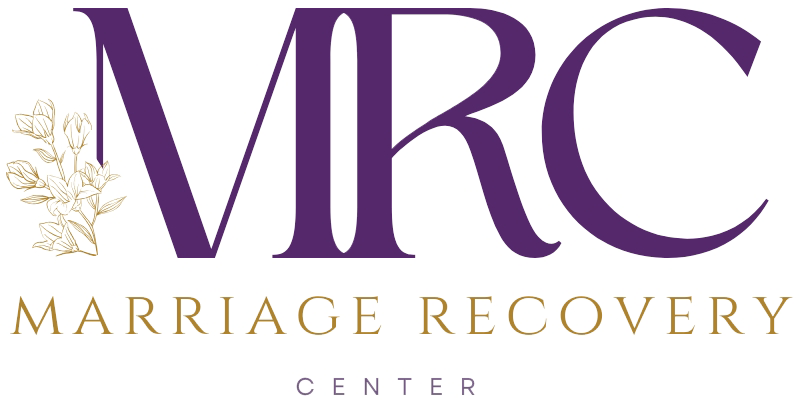One of the severe adverse effects of being in an abusive relationship is that it distorts a person’s sense of self and reality. Narcissists have a way of taking advantage of their victims’ vulnerabilities and longing for affection via intermittent reinforcement, thus, blurring their perception of what a genuine loving relationship is.
Dr. Hawkins defines what trauma bonding is, and shares some advice that can help restore your self-esteem and self-governance in these situations.
Trauma Bonding: What It Is & How to Heal
Is it possible to be bonded with someone, to be connected with someone, to have a close relationship with someone that is toxic and destructive? You better believe it’s possible. It’s called trauma bonding. In this article, we will explore what trauma bonding is and discuss five steps for healing from trauma bonds.
Understanding Trauma Bonding
Trauma bonding occurs when there is a cycle of abuse and intermittent reinforcement. It is characterized by a pattern of good followed by bad, which is repeated over and over again. This mixture of positive and negative experiences creates a powerful bond, albeit an unhealthy one. Trauma bonding can occur in various types of relationships, including those involving narcissistic individuals and emotional abusers.
Living the Truth
The first step in healing from trauma bonding is to face reality and live in the truth. Often, individuals caught in trauma bonds have thinking errors such as distortions, denial, minimization, rationalization, and justification. These cognitive distortions prevent them from seeing the relationship for what it truly is. By journaling, praying, and seeking support from healthy friends, it becomes possible to acknowledge the truth about the relationship, even if it means acknowledging the cycle of good and bad experiences.
Paying Attention
It’s easy to want to distract ourselves from the painful reality of a toxic relationship. However, healing requires paying attention to what is truly happening. By taking the time to observe and reflect on the dynamics of the relationship, individuals can gain a clearer understanding of the patterns and behaviors that contribute to the trauma bond. Keeping a journal can be especially helpful in this process.
Trusting Yourself
Trusting oneself to make good decisions is a crucial step in healing from trauma bonds. In an abusive relationship, the manipulative individual may constantly undermine the victim’s judgment, making it difficult to trust one’s own thoughts and feelings. However, it is important to tap into one’s wise mind and trust the knowledge and intuition that reside within. Validating one’s own experiences and beliefs is essential in breaking free from the trauma bond.
Recognizing Hooks
To break free from a trauma bond, it is essential to recognize the ways in which one gets hooked by the manipulative person. This requires developing an understanding of the bully’s tactics, manipulations, and distortions. While it is important not to become obsessed with the abuser’s actions, being mindful of their strategies empowers individuals to make different choices and avoid falling into their traps.
Grieving the Illusionary Relationship
In the process of healing, it is necessary to grieve the illusionary relationship—the relationship that never truly existed. This involves acknowledging the gap between the idealized version of the relationship and the harsh reality of the toxic dynamics. By grieving this loss, individuals can begin to let go and create space for healthier relationships and personal growth.
Conclusion
Trauma bonding is a powerful and destructive bond that can occur in toxic relationships. However, it is possible to heal from trauma bonds. By living in the truth, paying attention, trusting oneself, recognizing hooks, and grieving the illusionary relationship, individuals can break free from the cycle of abuse and embark on a path of healing and personal growth. Remember, healing takes time, support, and self-compassion. With the right tools and a commitment to self-care, it is possible to break free from trauma bonds and build a healthier, more fulfilling life.
To learn how we can help, reach out to us at (206) 219-0145 or info@marriagerecoverycenter.com to speak with a Client Care Specialist
Also read: Can a Narcissist Actually Change?
About Dr. Hawkins:
The internet is inundated with hyperbole and misinformation about narcissism, leaving many people confused and hopeless. Get the facts on narcissism and emotional abuse from someone who has been researching, writing about and treating narcissism and emotional abuse for over a decade.
Dr. Hawkins is a best-selling author and clinical psychologist with over three decades of experience helping people break unhealthy patterns and build healthier relationships.
He is the founder and director of the Marriage Recovery Center and the Emotional Abuse Institute which offers education, training and counseling for people who want to break free of, and heal from, emotional abuse. Whether the perpetrator of the abuse is your spouse, partner, parent, boss, friend or family member, we offer practical advice for anyone trapped in a toxic, destructive relationship.
In addition to narcissism & emotional abuse, you’ll learn about the lesser known forms of abuse, including covert abuse, reactive abuse, spiritual abuse, secondary abuse, relationship trauma and much more.








